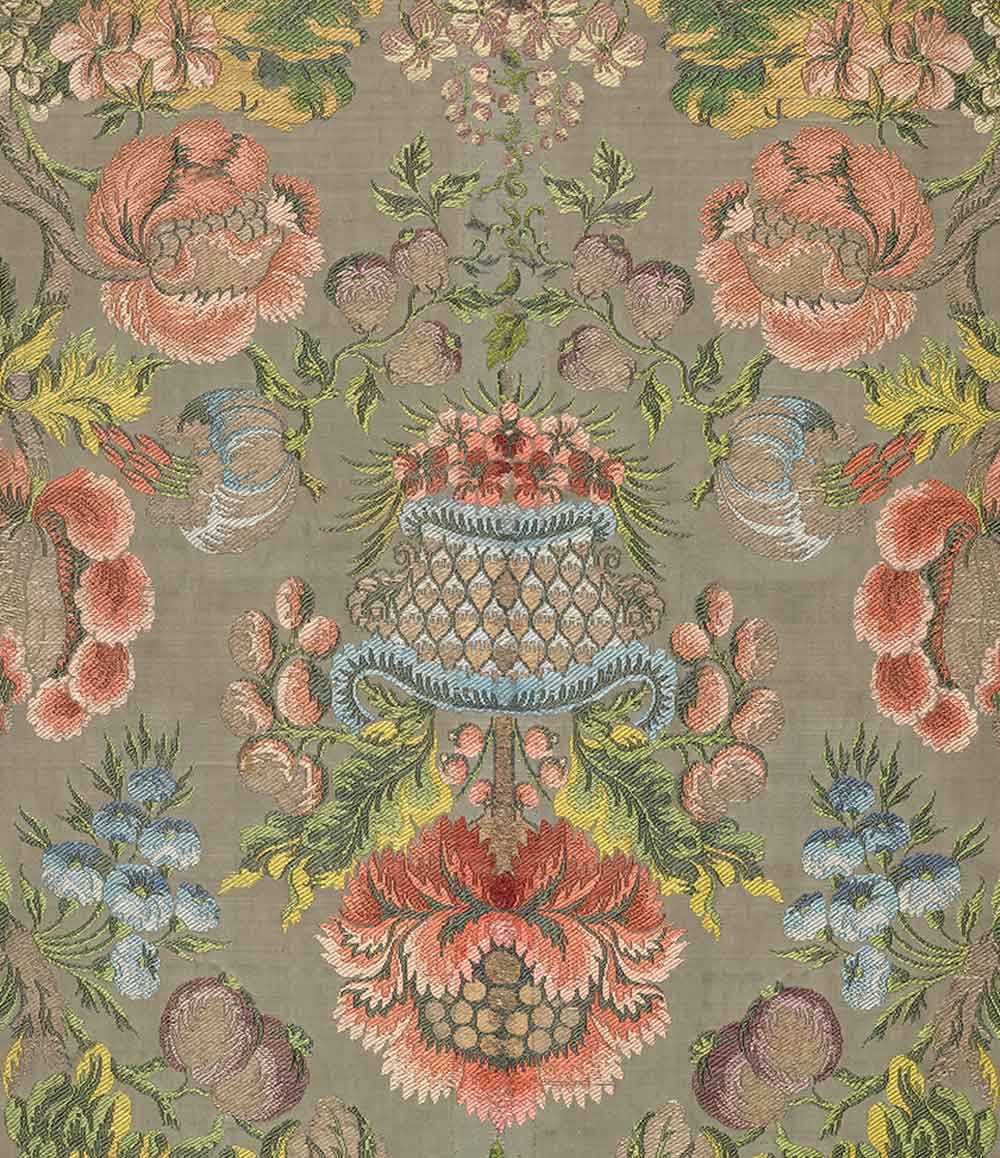STARTS
2015-02-18 00:00:00
Ends
2015-08-16 23:59:59
Location
Flourishing Patterns
Flourishing Patterns: Textiles from Persia and Europe
Admission is free
In the 17th century, contact between Europe, the Middle East and Eastern Asia disseminated ideas, colors, patterns and textiles.
Although floral designs were widely made elsewhere, no other workshops could emulate Persian weaving. The Persian aristocracy boldly displayed their status and wealth on the walls, floors and furniture of their magnificent palaces. Some of the most luxurious woven accoutrements were designed with a silver foil-wrapped silk ground and exquisitely rendered floral motifs in bright colors.
During the 17th and 18th centuries, European textile manufacturers often looked to the east for inspiration, and rich patterns noted for elaborate ornament, especially in the bold floral designs influenced by Persian motifs, became very popular.
Italy emerged as a major producer of silk textiles, supplying luxury fabrics to the rest of Europe. French textiles of the period are noted for their sumptuous designs and realistic shading. Silk velvets, often referred to as jardinière velvets, alluded to the textiles’ bold, symmetrical floral patterns, found in French gardens of the period.
